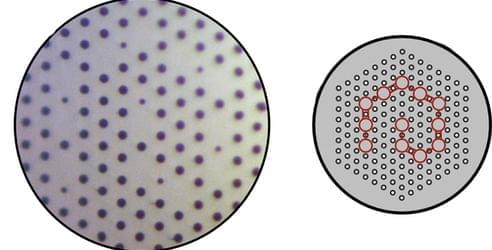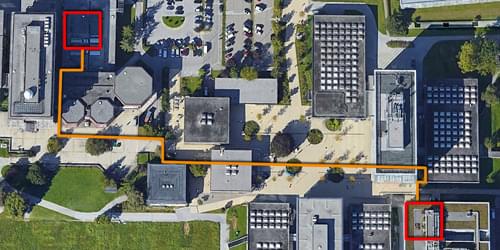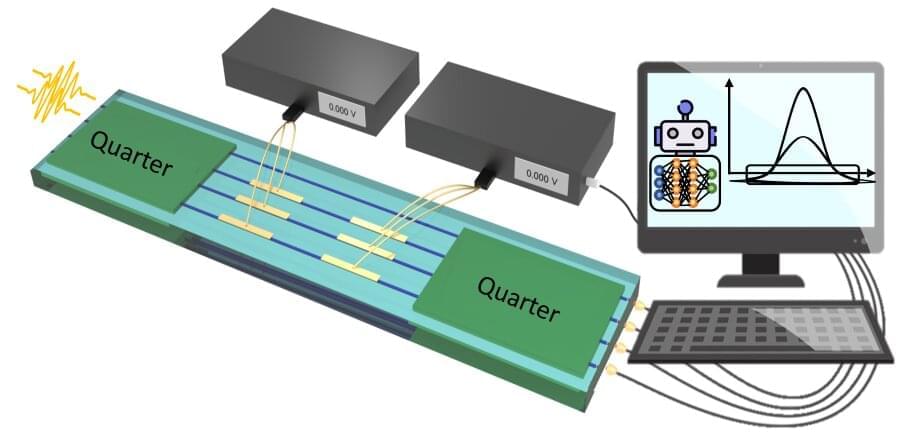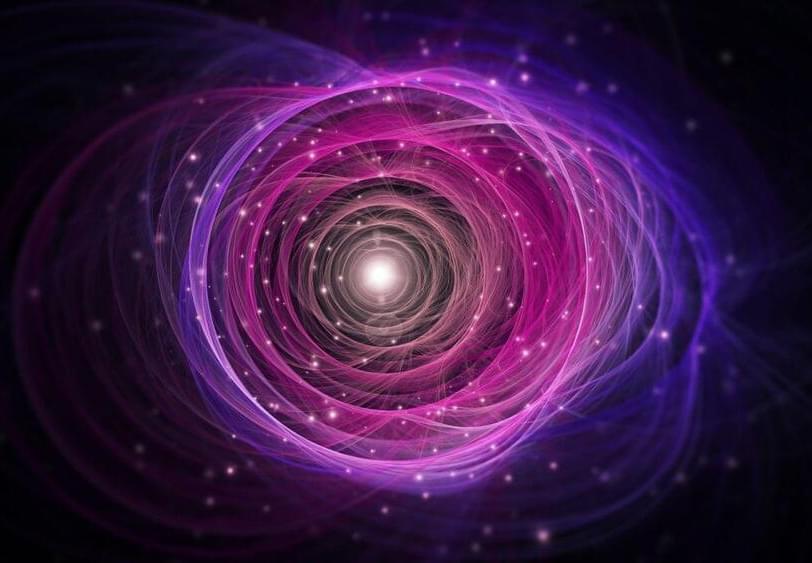A new design for an optical fiber borrows concepts from topology to protect light from imperfections in the fiber’s light-guiding materials or from distortions in its cross section.
Using concepts from the mathematical field of topology, researchers at the University of Bath, UK, have designed an optical fiber that can robustly propagate light, even if there are variations in the properties of its light-guiding materials or in its overall geometry [1]. The team thinks that this newfound topological protection could enable advances in optical communication and photonic quantum computing.
The concept of topology is often explained using a joke about a donut and a coffee cup. A coffee cup made of rubber can be continuously twisted and stretched—no cuts need to be made—so that it takes on the shape of a donut. Even though the object’s outline changes under this transformation, its essence remains the same—it contains one hole. Thus, the quip goes, a topologist cannot tell the difference between the two things.








